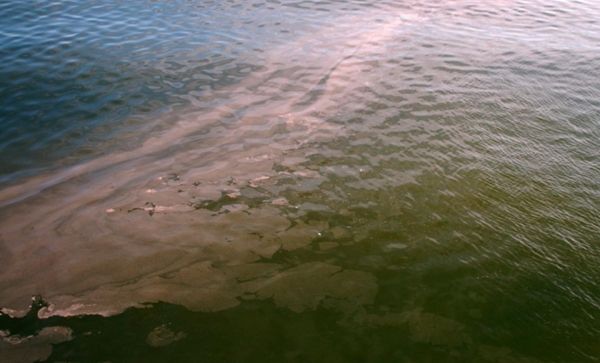The algae responsible for Florida’s toxic red tides may be more resilient to shifting ocean chemistry than scientists previously realized, according to research from Florida State University oceanographers.
A new study has revealed that the red tide-causing species that has menaced Florida’s coastal environments and tourism-based economies is able to efficiently utilize carbon dioxide (CO2) at a range of disparate concentrations.
The algae, called Karenia brevis, is able to thrive equally well in low-CO2 environments — like during red tide blooms, when carbon in the ocean can become scarce — and in high-CO2 environments — concentrations we would expect in a future ocean when atmospheric and oceanic CO2 is expected to approximately double.
“There has been a large increase in CO2 concentration from pre-industrial times already, and we expect more changes in the future,” said study co-author Sven Kranz, an assistant professor in the Department of Earth, Ocean and Atmospheric Science. “Past studies suggested we might see changing responses in these single-celled organisms, so we contacted the Florida Fish and Wildlife Commission, which monitors K. brevis occurrences in Florida, to provide us with a local species, and we started to investigate.”
Read more at Florida State University
Image: Researchers found that a Florida-specific strain of red tide-causing algae is able to thrive in a variety of CO2 concentrations. (Credit: Florida Fish and Wildlife Commission)


